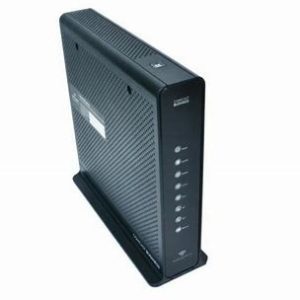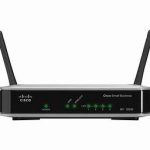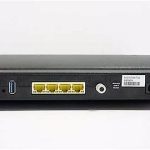
The ideal network involves your Internet Service Provider (ISP) connecting onsite to a standalone modem that connects to a router, preferably a . If you have more devices on your network than ports on your router, you can connect a switch to your router to expand the number of ports.
There are five main areas that you should be concerned with regarding your network. They are:
: Nextiva uses port 5062 to bypass SIP ALG, however, having this disabled is always recommended. SIP ALG inspects and modifies SIP traffic in unexpected ways causing one-way audio, deregistrations, random error messages when dialing and calls going to voicemail for no reason.
: When routing SIP Packets, the packet will come into the modem, and be directed to a private IP address (the router). When the SIP packet goes into the router, it is given another private IP address. This SIP packet, intended for a specific destination, will no longer know where to go, causing one-way audio, dropped calls, deregistrations, and failed transfers among others.
Multicasting: When a call comes into a Call Group and simultaneously rings all phones, the Internet traffic of the internal network spikes. Without multicasting enabled, you can have what’s called “port collisions”. Basically, data coming into the network is sent out to all devices on the network. Since all phones are likely using port 5062, the data spike causes packets to be dropped. This can cause failed transfers, dead air upon call retrieval, among other issues.
DNS Server Configuration: If the DNS server being used is not up to date and consistent, devices (Poly phones in particular) can become deregistered. Nextiva always recommends using the Google DNS servers of 8.8.8.8 and 8.8.4.4.
: The simplest way to ensure that traffic is not being blocked is to allow all traffic to and from 208.73.144.0/21 and 208.89.108.0/22. This range covers the IP addresses from 208.73.144.0 – 208.73.151.255, and 208.89.108.0 – 208.89.111.255.
The Cisco DPC3941B Comcast Gateway is a Business Wireless Gateway often given to Comcast Business customers for their Internet service. This equipment, by itself, is not recommended for use with VoIP service. Common issues include one-way audio, dropped calls, failed transfers and deregistrations, among others.
The NAT feature may be disabled by default and will need to be enabled, and DNS servers need to be configured to a dependable set of DNS servers (Nextiva recommends Google DNS). This setting is only configurable on the DPC3941B.
While there are limited options that can temporarily alleviate some of the above symptoms, for a permanent solution, this Gateway will need to be put into “Bridge Mode” and connected to a to provide quality audio.
To Enable NAT and Configure DNS Servers:
NOTE: The login address and credentials below are the default when the Gateway is shipped and can be modified by your Network Administrator. If the default credentials are not being accepted, speak with the Network Administrator who set up the network.
- As a Network Administrator, log into the Cisco DPC3939B/3941B Gateway by opening a web browser on a device connected directly to the Gateway and going to .
- Enter the following credentials to log in:
- Username: cusadmin
- Password: highspeed or CantTouchThis
- Navigate to Gateway > Connection > Local IP Network.
- Check the Assign DNS Manually and enter the following information:
- Primary DNS Server: 8.8.8.8
- Secondary DNS Server: 8.8.4.4
- Click Save Settings.
For DPC3941B Only:
- Navigate to Advanced > NAT.
- Uncheck the Disable All checkbox if there is a checkmark in the box.
- Reboot the router and any devices connected to the router.



